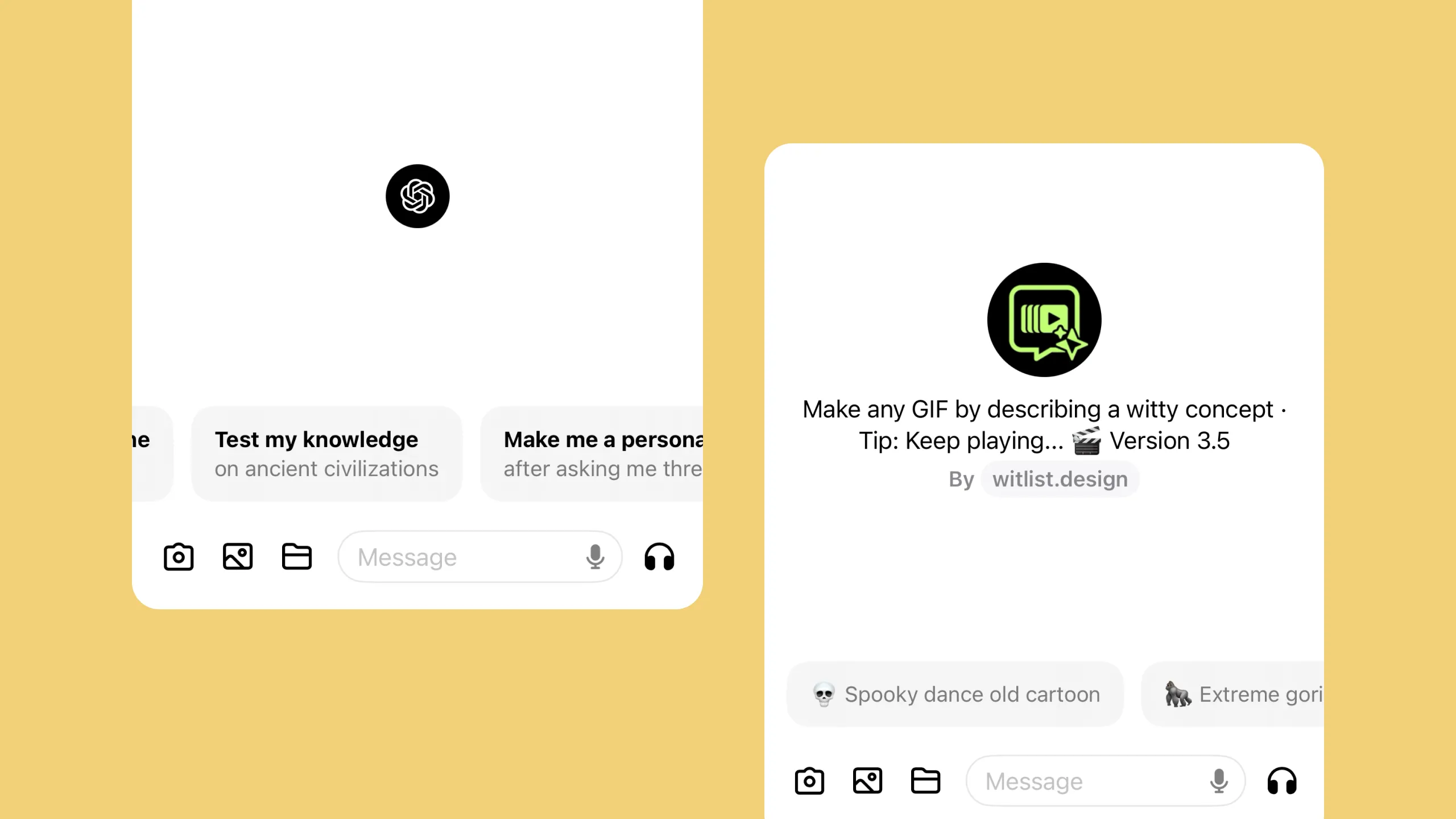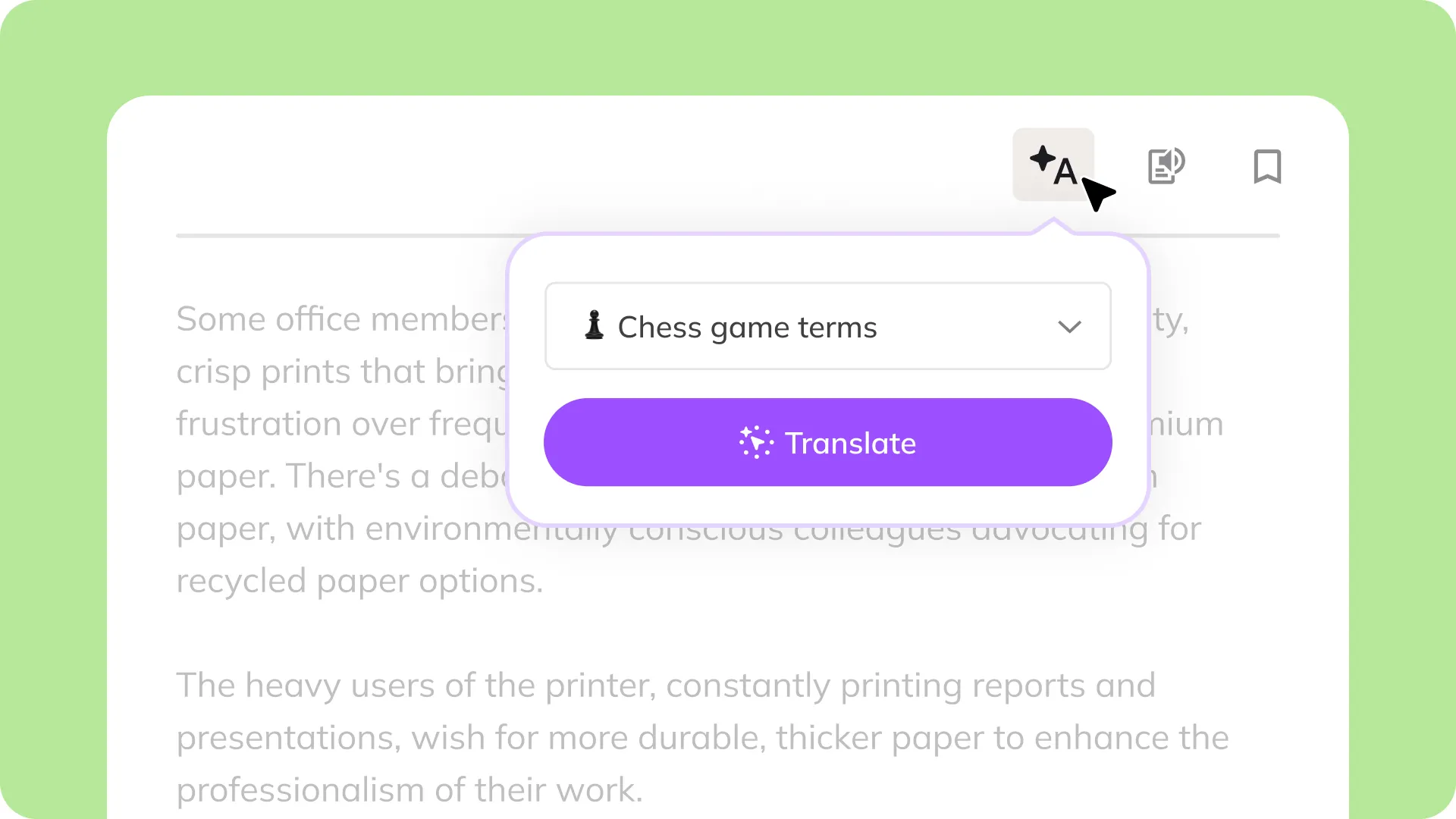Evolving outputs
Generating multiple outputs and iteratively using selected ones as new inputs helps people uncover ideas and solutions, even without clear direction.


When exploring options, I want multiple outputs to help me refine my preferences and narrow down what I am looking for, so I can achieve more satisfactory outcomes.


- Patterns overtime: Using preferred outputs as new inputs creates a trajectory that an AI model can recognize and leverage, generating increasingly refined and relevant outputs.
- Exploring Suggestions: The process of making suggestions and progressively narrowing down options can lead to more personalized and satisfactory outcomes. Ideal for situations where users may not fully know what they want.

More of the Witlist

Presenting multiple outputs helps users explore and identify their preferences and provides valuable insights into their choices, even enabling user feedback for model improvement.

An intelligent assistant that analyzes emails to identify questions and feedback requests, providing pre-generated response options and converting them into complete and contextually appropriate replies.

Referencing nested data from your database in the form of tags can simplify the creation of elaborate prompt formulas.

Starting with a blank canvas can be intimidating, but providing prompt starters can help individuals overcome this initial hurdle and jumpstart their creativity.

Using the source input as ground truth will help trust the system and makes it easy to interpret its process and what might have gone wrong.

Provide relatable and engaging translations for people with varying levels of expertise, experience and ways of thinking.